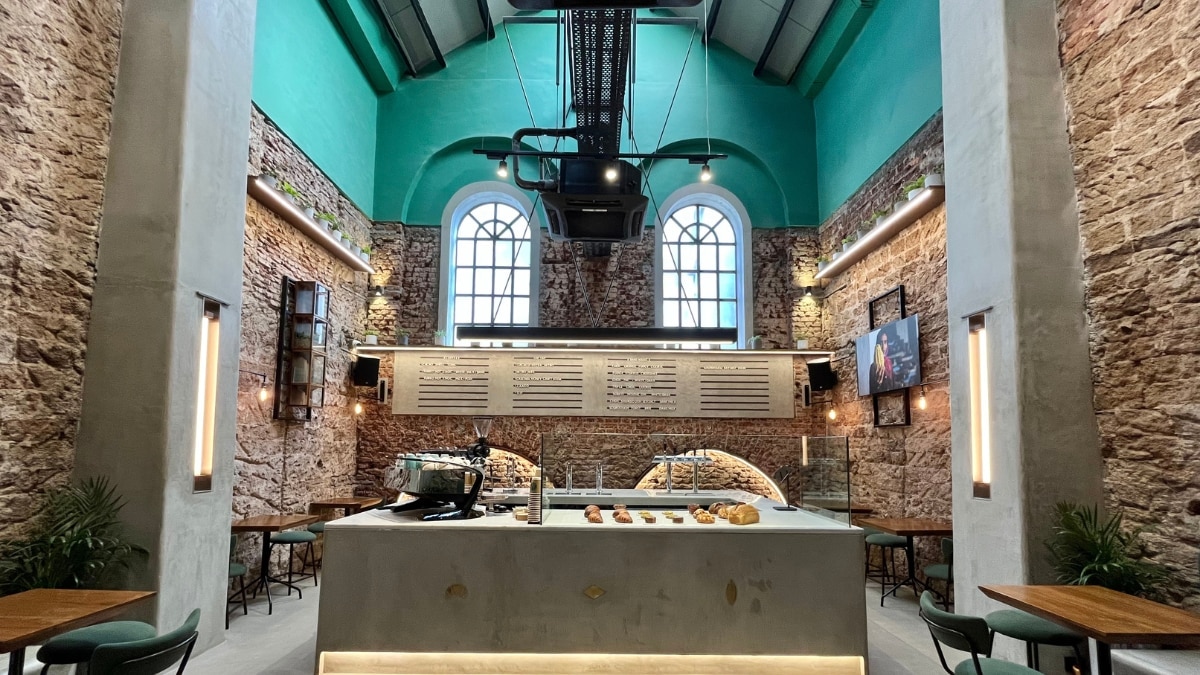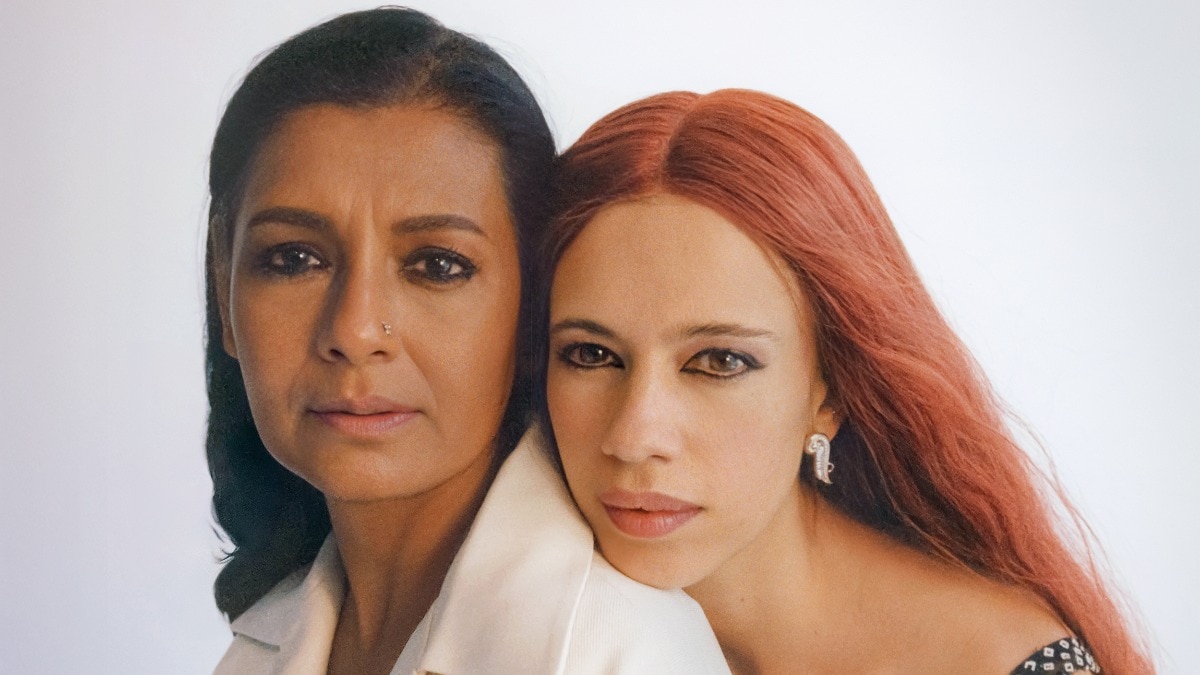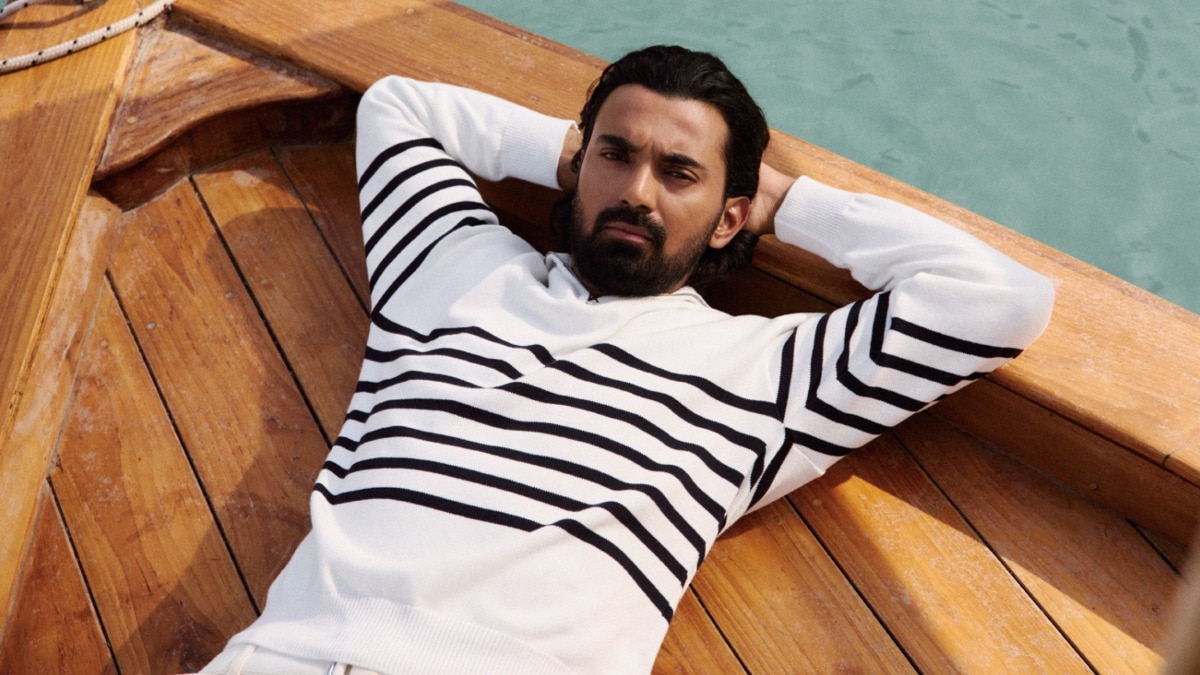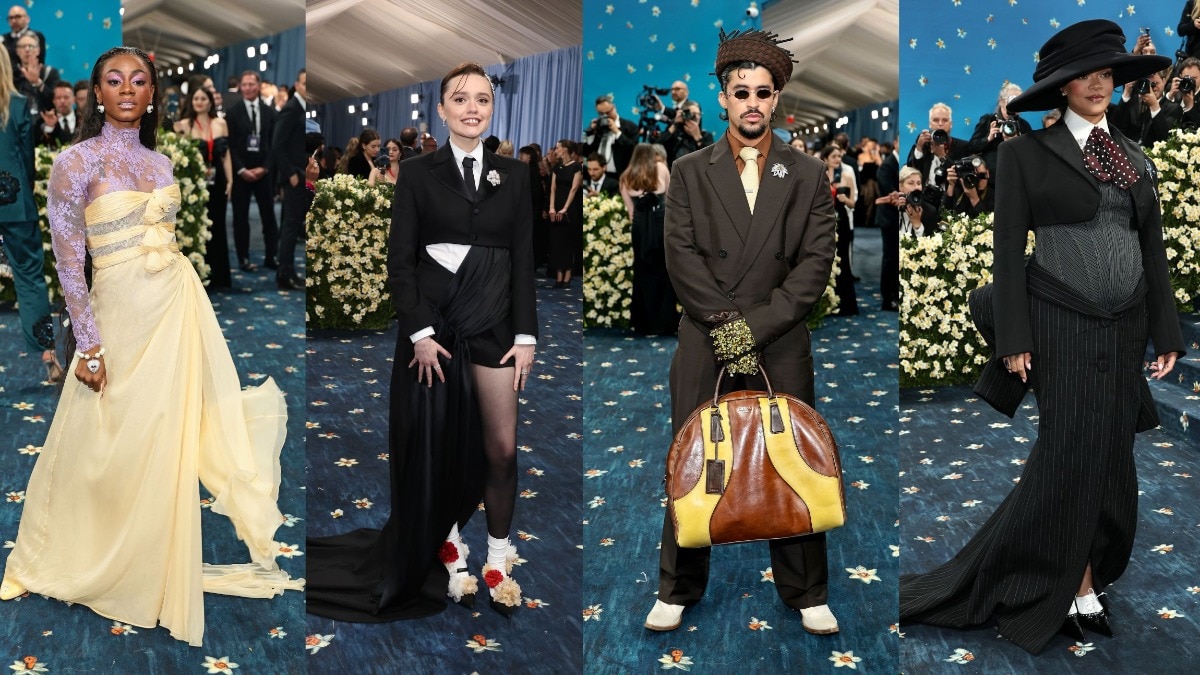What does it take to build a chocolate factory in the heart of Mumbai?
Subko founder, Rahul Reddy spills the beans on the brand’s latest offering—the Cacao Mill.


For starters, calling Subko’s Cacao Mill a chocolate factory in the headline might be a misnomer, for according to Rahul Reddy, founder of Subko Specialty Coffee Roasters, the vision is to champion cacao, rather than chocolate itself. “If Subko was to try and do something around chocolate, it had to be more around cacao. So, there is a distinction in nomenclature we’ve tried to make—that’s why we’ve called it Subko Cacao and have a space called the Cacao Mill, and not a chocolate mill or a chocolate factory,” he explains.
Walking through the tiny bylanes of Mumbai’s Colaba Causeway neighbourhood, you’ll spot the blink-and-you’ll-miss Subko signage. Once you step inside, you won’t find any singing oompa loompas, edible meadows, or a chocolate river flowing down the middle, a la Charlie and the Chocolate Factory. Instead, you will be greeted with a front-row view of cacao beans being transformed into bars, a cafe spotlighting chocolate in its myriad forms, and a tiny cacao sapling thriving in the heart of the space.
Bazaar India sat down with Reddy to get the scoop on what goes into creating a chocolate factory.
Harper's Bazaar: Where did the idea of Subko Cacao Mill come from?
Rahul Reddy: About a year ago, we wondered what could be a natural extension for Subko. Before we tried expanding, we wanted to explore a missing piece, and it ended up being, what I consider, the cousin of coffee—cacao. It started with the notion that coffee has an interesting cousin that grows in the same agricultural landscapes and terrains in four states of South India.
HB: The mill is housed in an old textile factory, and the space seems to form a big part of its identity—how did you discover it, and how was the process of converting it into the cacao mill that it is today?
RR: From what I know, this place had a few lives—first an old textile mill, then an art gallery, and a gym. I didn’t look for this space; it came up through somebody. When I was brought here, it was nothing like how you see it today. I realised its tall ceiling and big wooden rafters caught your attention, and there had to be an element of pushing spatial limitations in the centre of Mumbai. People don’t expect to walk into a space like this when they see it from the outside; this ties into our concept of defying your expectations of Indian cacao.

Secondly, new experiences like the Cacao Mill had to have a layer of discoverability that I deeply believe in. We needed the space to be off the beaten path, a space you would put a little effort into finding, if you cared about craftsmanship. Though our in-house creative studio team was involved in the process, we collaborated with Stand designs for the architecture; we’ve worked with them on our last two projects (Subko Coffee Roastery and Craft Bakehouse).
HB: The cacao plant seems to be the star of the mill—with a cacao tree present at its heart, and the branding as well—tell us more about the decision to do so.
RR: I was sure the experience needed to be around the raw material that chocolate is made of. I wanted these visual markers—the cacao pod and the bean—in this space and on our packaging. That explains the cacao plant growing inside the mill and the motifs on our packaging and around the mill. You cannot make nibs without the roasted bean, and you can’t get chocolate without nibs. So, for me, the bean and the pod are essential. We have a responsibility to spread the gospel of cacao first; the chocolate becomes incidental. It’s critical to have these stories told through visual motifs and not talk about chocolate only in terms of deliciousness, which is obviously the end goal.
HB: Instead of bean-to-bar, why have you positioned Subko Cacao as a pod-to-bar experience?
RR: This space had to represent the idea that we intervene at the farm level and communicate with multiple farmers across India. We don’t want to solely purchase beans—we are actually visiting farms, looking over the process of fermentation, drying practices, transferring knowledge, and experimenting with the processing.

HB: What are some of the local cacao farms that you are hoping to highlight with your offerings?
RR: We wanted to create delicious chocolate and share farm-level stories around it the way we have done with our coffee. Our dark chocolate terroir series requires a minimum of 70 per cent cacao content to qualify, and we have created a multi-location programme with farms across Tamil Nadu, Karnataka, Kerala, and Andhra Pradesh for it. In each of these states, we have at least one plantation with whom we work on micro-lots of cacao that get transformed into chocolate for the series.
HB: How was the process of creating the unique chocolate range for Subko Cacao like?
RR: We made our first batch of carbonically-macerated cacao. Carbonic maceration is a wine-making process where you put grapes in a large stainless steel vat, remove all the oxygen, and rotate carbon through the vat for the grapes to ferment in a carbon-rich environment. This method has become quite popular among coffee producers in recent years to create specialty coffee. We believe we are pioneering this technology in chocolate. It creates a plum-y, wine-y flavour.
We’re also doing a cool series of projects with Prateek Sadhu and cacao is the first. Sadhu and I are working on sourcing local mountain ingredients and applying that to Subko initiatives. For the first iteration, we made a beautiful jam with sea buckthorn, a Himalayan sweet and sour berry. It went into two different chocolate cubes—one is our take on lemon meringue pie with sea buckthorn, and another almond butter sea buckthorn flavour.

Our experimental range acts like a connective tissue between other Subko verticals. For one of the offerings, we have deconstructed a Subko Cold Brew Chocolate Tart into a bar with inclusions—made with a coffee-laced version of Nutella and the signature tart base. Another cool thing we’ve done is a podi milk chocolate, inspired by the chili chocolate combo from Mexico. We also have a version with chocolate as the base, which is then studded with podi and chocolate-coated almonds.
HB: Did the existing Subko Coffee Roastery and Craft Bakehouse have an influence on the Cacao Mill—how did you ensure a synergy between all three?
RR: 100 per cent! We built Subko Cacao Mill so that it could reflect an evolution of the Roastery and the Bakehouse. We applied the same principles in packaging, transparency of the process, and ultimately, the products. For instance, our Bakehouse uses a lot of chocolate and our Roastery uses chocolate in mocha, so everything is integrated.
All images: Courtesy Subko Cacao










